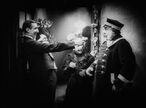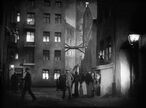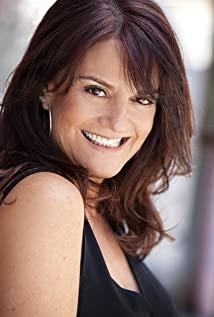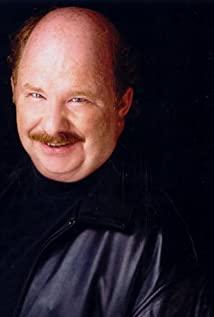-
Kimberly 2022-01-18 08:01:15
One of the best in silent films
FW Murnau's "The Humblest" should be one of the best in silent films. The scene scheduling is quite skilled, whether it is story, photography, editing, performance, etc., they have reached a very high level.
photography:
The few silent films basically do not have a subtitle card, and rely solely on...
-
Griffin 2022-01-18 08:01:15
symbol
When clothes are no longer just clothes, but symbols that symbolize status and status, and become objects that satisfy vanity and superiority, it means that people are thoroughly fused with this era of constant labeling and constant symbolization. Together. In this capital era of labor alienation,...
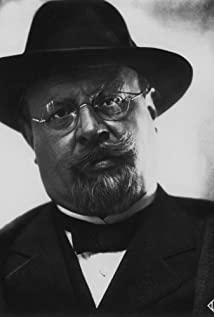
Emil Jannings
Early Experience
Performing Experience
-
Collin 2022-04-22 07:01:48
Silent films look exhausting
-
Frieda 2022-03-14 14:12:27
The nightmare of being relegated, one day in heaven, one night in hell. 1. There is no narration and subtitle card throughout the whole process (only the opening proverbs and the self-defense/pre-apology before the unreal and beautiful ending), only the shooting, editing, scheduling and performance are used to narrate, the highest state of silent film is indeed the case. 2. One of the first narrative films in film history that used motion lenses on a large scale. Mornau put the camera on a roller car or tied it on a swing with the photographer. The lift lens, follow-up shot and pan mirror were all cast into the work. . 3. The performance of Emil Jannings is impressive, and the decline of the protagonist of the film also constitutes a sorrowful intertextuality with his life outside of the film. 4. Uniforms have become the most critical objects. Symbols to identify identity, as well as whistles, have all been stolen. 5. The superimposition of shaking motions is used to express dreams, fantasy, shock and dizziness during mental breakdown, and the effect is outstanding. 6. The revolving door serves as a symbol to set off the bustling crowds and vanity status. After the male protagonist sees the guard change, the two people's entry and exit is an external presentation of the rise and fall of reincarnation. 7. The montage of gloating among neighbors and women with long tongues is chilling. (8.5/10)


